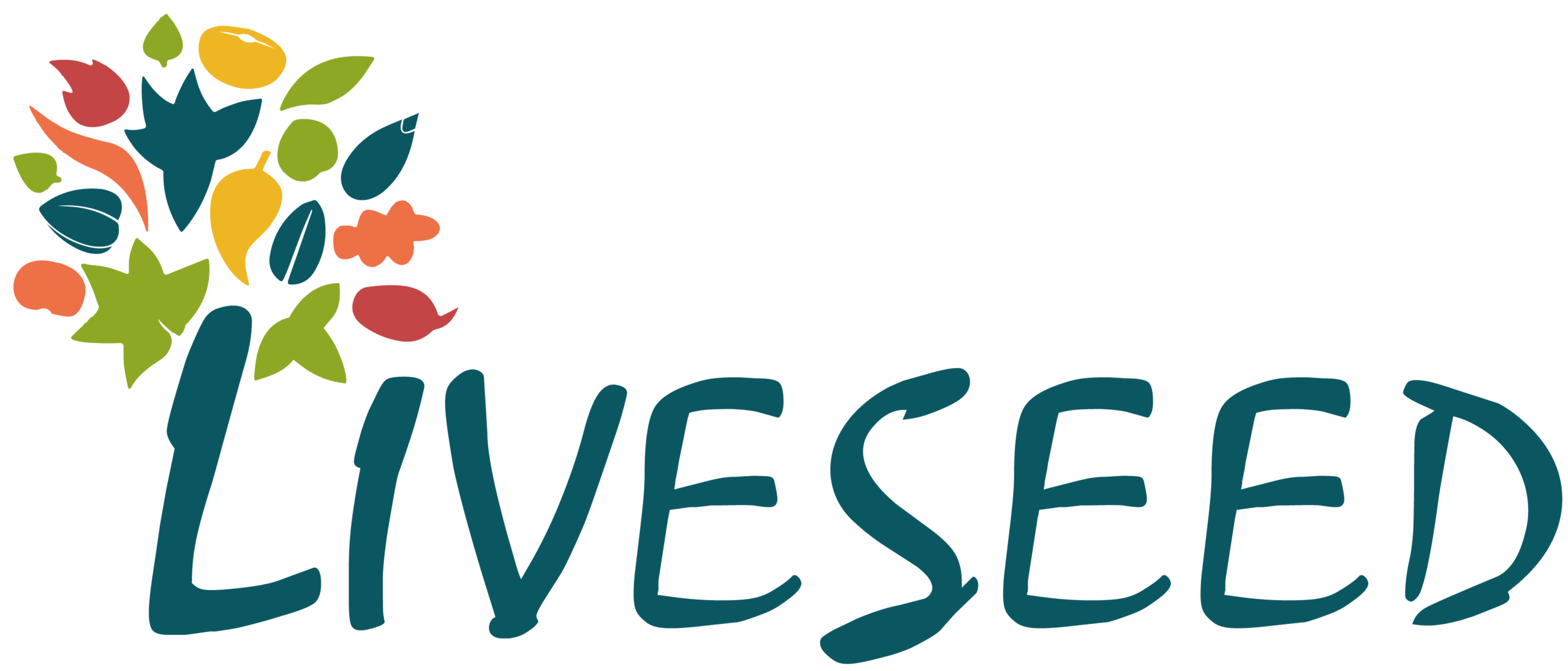EUCARPIA-LIVESEED Conference – Breeding and seed sector innovations for organic food systems – 8-10 March 2021, online
A conference organised by Latvian LIVESEED partner AREI to present recent scientific results in organic plant breeding took place on 8-10 March 2021, as part of the EUCARPIA Section Organic and Low-Input Agriculture. Horizon 2020 sister projects BRESOV, ECOBREED as well as ECO-PB and Latvian FLPP-funded research outcomes were also presenting.
In her keynote speech, Louise Luttikholt from IFOAM Organics International highlighted the important contribution of organic breeding and propagation towards the necessary transformation of agriculture. She warned that legal measures such as allowing commercialization of Organic Heterogenous Materials (OHM) in the EU need to go hand in hand with raising general industry norms. A coherent policy package would get underpinned through true or full cost accounting implying accounting for all inherent negative effects of plant breeding for high-input agriculture and food systems.
The 50 following oral presentations and 48 posters were clustered in 10 sessions, including underutilized genetic resources, breeding for diversity and culinary and nutritional quality, soil – plant interactions, organic seed production, multi-actor & participatory approaches, market and consumer aspects of seed systems, regulations and policy, and sustainability.
LIVESEED presented its pre-breeding effort in white lupin for anthracnose resistance while BRESOV’s showed how they identified drought resistant genotypes of Brassica oleracea crops. Prof. Moreira from the University of Coimbra talked about how LIVESEED developed an overarching breeding approach to maintain agrobiodiversity and make agriculture more climate robust through breeding Edwin Nuijten presented the results of research conducted on two biodynamic farms with three crops, where relationships between yield, storability, taste and nutritive quality were studied. LIVESEED presented furthermore its participatory evaluation and breeding efforts of tomato landraces in Spain and Italy, and how farmer acceptability as predicted by a genomic model could be valuable whenever farmers’ selection is difficult, such as in the presence of large sets of test lines and/or in early selection stages, based on a study using 144 pea lines issued by six crosses among elite cultivars, which underwent GBS molecular characterization and field evaluation in Northern Italy. The implementation of the system-based breeding concept by Edith Lammerts van Bueren and Edwin Nuijten in practical steps was also discussed.
Several LIVESEED partners presented recent results on on-farm and official cultivar testing, on seed health issues including case studies on common bunt and efforts against Alternaria diseases in carrot.
Prof. Gabriele Berg from the University of Graz invited us into the fantastic world of the microbiome and talked about how soil type, climate, geography and plant genotype were identified as main drivers of the seed microbiota and how breeding changes plants that is reflected in the seed microbiota.
In her sobering speech, Susanne Padel from the Thünen-Institut warned that it is unlikely that increase in demand will result in further investment in breeding and increases in organic seed production, as the organic breeding sector is characterised by a shortage of funds: “The market for organic seed cannot be categorized as a well-functioning competitive market. The market alone cannot deliver organic seed”.
Preliminary results by Eva Winter from FiBL of a market modelling exercise for durum wheat in IT and carrot in DE showed that a gradual phasing out of derogations for using conventional seed helps avoid losses in farm enterprise gross margin. Eric Gall from IFOAM Organics Europe talked about the changes and opportunities in the new organic regulations for plant reproductive materials. Maaike Raaijmakers from Bionext (NL) explained that to reach 100% organic seed by the end of 2035 a proactive, comprehensive approach is needed with all stakeholders who are willing to develop national roadmaps. Interesting perspectives and experiences were brought in from the USA as well. Julie Dawson from the UW-Madison College of Agricultural and Life Sciences described the development of a professional community of practice for regional seed systems and breeding, as well as digital tools to use to evaluate varieties over a wide range of adaptation and culinary quality. We learned from Micaela Colley that the next State of Organic Seed report from in USA (published by the Organic Seed Alliance) is for release in 2021 and will include a national survey of certified organic seed producers and provide recommendations for future research, education and policy efforts for organic seed availability, quality, and diversity. She also presented a case study on how they developed a sweet corn variety ‘Who Gets Kissed?’ that was released in 2014 in partnership with a seed company that got expanded to be sold very widely and used in further breeding. Nicolas Enjalbert shared an important collaborative digital platform dedicated to data sharing to help characterize, breed, source, and harvest the best cultivars. The book of abstracts will be made available on OrganicEPrints.
LIVESEED aims to boost organic seed and plant breeding across Europe. IFOAM Organics Europe and FiBL-Switzerland coordinate the project with 50 partners covering 18 EU countries.


LIVESEED has received funding from the European Union’s Horizon 2020 research and innovation programme under grant agreement No 727230 and the Swiss State Secretariat for Education, Research and Innovation under contract number 17.00090. This communication only reflects the author’s view. The Research Executive Agency is not responsible for any use that may be made of the information provided.

